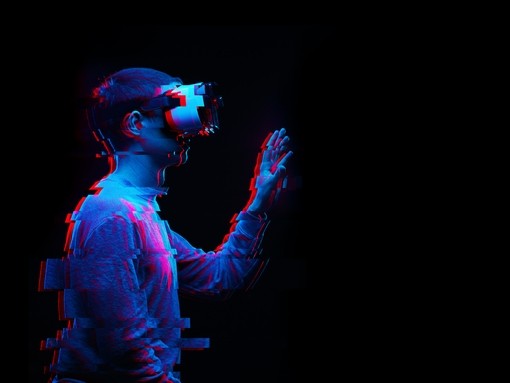Page content
Page content
Shortly after the curtain fell on the Tokyo 2020 Olympic games, the Paralympic games entered full swing - 23 events across two weeks of action in the Japanese capital.

While the athletes themselves are the heroes behind their accomplishments, some cutting edge technology ensures that all – no matter their disability – can excel at the games as they look to bring home gold for their countries:
Prosthetic blades
Springy and light running blades are commonly used by Paralympic athletes to replace the calf and ankle in sprints, lifts or jumps.
The earliest running blades were developed in the 1970’s after Van Phillips, an American inventor and amputee, observed how kangaroos and cheetahs moved. He realised that focusing on mimicking the muscles and tendons of the amputated leg, was more beneficial for rapid and comfortable movement than attempting to recreate the rigid bone structures.
The ‘cheetah’ blade, commonly used in the Paralympics to this day, first launched in 1996. Modern blades are made from 100% carbon fibre, a strong and lightweight material. Each of the multiple layers of carbon fibre contributes to the overall strength of the blades and allow for their flexibility, or ‘springiness’.
Wheelchairs
Wheelchairs are common across many Paralympic sports including rugby, basketball, tennis and racing. While mostly made of aluminium, like prosthetic blades, racing wheelchairs are infused with carbon fibre technology to make them lighter and stronger. The seats of the wheelchairs themselves can be customised to an athlete’s body by using advanced 3D printing techniques. This allows for added comfort and performance. The wheels are set at a 10-15 degree camber to add lateral stability when athletes are performing at speed.
The gloves that athletes use to push their chairs are crucial as they provide additional pedal power. Once again, 3D printing technology is used to make customised gloves for competitors to ensure that the wheelchairs are as much of an extension of the athlete’s body as possible.
It’s not just speed that athletes need from wheelchairs. For the first time, badminton has been a sport at the 2020 Tokyo Paralympics. The game of badminton requires athletes to deliver long, short, fast and slow pushes as well as other flexibilities. The wheelchairs that are used for Paralympic badminton, also have a special backrest and extra caster wheels at the rear to allow players to move freely, twist or lean backwards without falling backwards or tipping sideways. While the materials used to make these wheelchairs are similar to the racing ones, these added extras allow for more comfort, performance and safety.
Blind Caps
For decades visually impaired athletes have relied upon their coaches to step in with ‘tappers’ during the swimming related races.The tapper has been one of the most important aids to blind swimming and is essentially a long stick with a soft ball at the end. When the athlete approaches each end of the pool, coaches then tap them on the head to ensure they know when to turn around, allowing the Paralympian to swim full pelt without fear. It however takes a lot of training and trust between coach and athlete and it a fairly rudimentary method as there is no standardised tapper for the games.
Samsung has at last developed a genius, electronic swimming cap which incorporates the technology that will make the tapper a redundant thing of the past. The innovative cap is equipped with a vibrating sensor and Bluetooth, meaning coaches can use an app to send vibrations through to the cap and thus, prompting the swimmer to turn. It too can collect data on the swimmer’s performance, meaning this innovative piece of technology will not only aid but help develop athletes’ abilities further. The cap is controlled by ‘The blind cap’ app and is available on multiple devices, so this may even become a device for the modern visually impaired person!
We’re committed to making sure your job search is accessible for you. We partnered with website accessibility software partners ReciteMe to make sure our online recruitment process is accessible to candidates who have dyslexia, visual impairment and learning difficulties. Search our latest jobs here

















